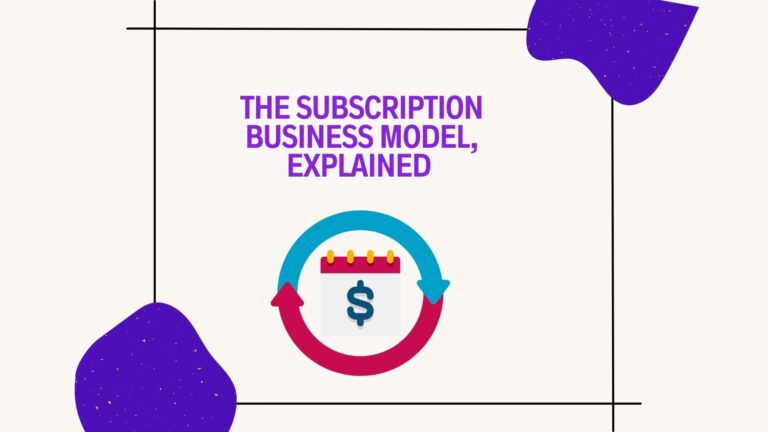According to Statista, the global eCommerce industry will exceed $1.5 trillion by 2027. With the disillusionment many feel about social media and the rise of the Creator Economy happening in the background of eCommerce, it is only natural that online businesses will abound. And where there’s an online business, there’s payment systems like Stripe, PayPal, and others. Which ones are the best for a membership site, though? For example, between Stripe vs PayPal, which one should you choose?
We dove right in and took a closer look at Stripe vs PayPal through the prism of four main criteria:
- Features and fees
- User experience
- Security and fraud protection
- Business suitability
Curious to see what transpired? Keep reading and find out more:
Stripe vs PayPal: Features and Fees
PayPal is one of the largest and most well-known payment processors in the world — and not entirely without reason. They offer a pretty wide range of features for businesses, including The ability to set up a POS system, installment payments, and even automated invoicing. Furthermore, PayPal is available around the globe in most locations, and it is a trustworthy, secure payment processor — one people trust and know.
On the downside, PayPal does have a pretty significant fee for using their services, which can vary depending on your region, the type of payment you’re charging, and how much each payment is worth. The fees range from 2.99% to 3.49%, with or without a fixed fee (established for each geographical region PayPal is active in.)
Stripe is a more recent newcomer to the world of payment processors, as it was founded in 2010 (as opposed to PayPal, which was founded in 1998.) However, in a shorter timespan, Stripe has managed to win a lot of ground with a range of features and fees that make it a real asset for most types of online businesses (membership sites included.)
To be more specific, Stripe’s features include support for a wide range of payments (cards, transfers, etc.), advanced fraud protection, and the ability to set up recurring payments and workflows. Furthermore, Stripe integrates directly with most content management systems (CMS), including (but not limited to WordPress), and it’s ready to use in a couple of clicks. PayPal too integrates with a lot of CMS options, but many feel the
Stripe’s fees are pretty straightforward: 1.5% of the transaction value (plus a pre-established, country-based fee of approximately $0.25 per transaction) for European cards and 2.5% of the transaction value (plus the same aforementioned fee).

Stripe vs PayPal: User Experience
PayPal’s interface is user-friendly, easy to navigate, and relatively straightforward. However, it may not be the best option for a membership site if you want to offer a rich, personalized user experience.
Stripe provides a different approach in that you can customize the interface to match your brand and specific needs. Furthermore, Stripe provides an easy-to-use programmable API that makes it easy to set up a payment screen designed specifically for your membership site. For example, Stripe Connect allows you to connect Stripe to your membership site and automatically charge directly from your pages, rather than redirect users to a different page.
In a study run in 2022, almost 70% of all checkout processes in US eCommerce were abandoned. Not trusting the payment processor was marked by 18% of users as the reason for abandoning the checkout process, and a long, tedious checkout process was marked by 17% of them. Thus, by making the checkout process easier, you can increase your conversion rate — and, ultimately, get a lower cost per signup (whether you get your users through organic means or paid ones.) From this point of view, Stripe wins by a landslide, as it helps you create a seamless checkout experience for your visitors.

Stripe vs PayPal: Security and Fraud Protection
When it comes to security, both PayPal and Stripe are pretty solid options. PayPal has been around for a while, and it’s known as one of the most secure payment processors out there — with over 223 million active users.
However, this doesn’t mean Stripe is not a secure platform. On the contrary, Stripe has embedded HTTPS and HSTS encryption, AES-256 encryption for credit card data, and Single-Sign On (SSO) capabilities into their platform. Moreover, they have an open vulnerabilities reward system, where those who spot bugs or vulnerabilities on Stripe can report them and get rewarded for their actions.
PayPal too has a lot of security features, including end to end encryption and two-factor authentication. However, since PayPal has such a huge pool of users, it also tends to make a more attractive “proposition” for fraudsters. As a result, in 2022, PayPal admitted that more than 45 million of their accounts were fraudulent.
If you want to make sure your membership site stays away from scandals like these, Stripe is probably a better option.

Stripe vs PayPal: Business Suitability
Just because PayPal vs Stripe works better for someone, it doesn’t mean it works better for everyone. To make sure you consider all the aspects of choosing a payment processor for your business and make the right decision, you’ll have to consider business suitability.
PayPal seems like a great option for businesses that need an all-in-one solution. It’s particularly suitable for small businesses and individuals, as it has a pretty straightforward (albeit expensive) way of working.
On the other hand, Stripe has more customization options, which makes it a better fit for a larger variety of businesses. For instance, a large enterprise might find they need custom payment options and Stripe can support that — but a small business may want to create a more human-to-human experience in their checkout process — and Stripe can support that too.
On top of that, Stripe offers more extensive support for different currencies and languages, which means that if you want your membership site to target a global audience, you can do it with Stripe easily.
Stripe vs PayPal: The Rundown
At the end of the day, between Stripe vs PayPal, only you can decide which payment processor best suits your needs. If you want something everyone knows, PayPal is a great option, but keep in mind this comes with a caveat too: PayPal is instantly recognizable but also easier to associate with fraud. Integrated with your website, however, Stripe creates a seamless customer checkout experience, which can increase their trust in you and help you reduce cart abandonment.
All in all, both Stripe and PayPal are solid, reliable payment processors that can provide security and convenience. PayPal is a great option if you are looking for an all-in-one solution most people will recognize. However, Stripe is a much better option if you care for customization options, want to target a global audience, or want more competitive rates.
Oh, and by the way, regardless of the payment processor you may choose (be it Stripe vs PayPal, you can rest assured that Ultimate Membership Pro is integrated with it.) We want to make payment processing a seamless experience for you — and for your members too, so we’ve made it easy for you to select from a range of payment processors that are trusted and easy to use.
You May Also Like:
Stripe Payment Gateway: Why Is It a Good Option for Membership Sites?
How to Build an AI Business with a Membership Site
Does the Name of the Packages on Your Membership Site Matter?
Everything You Need to Know about Recurring Billing Software for Membership Sites




